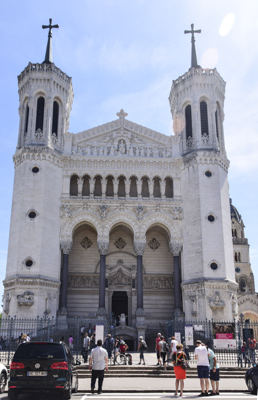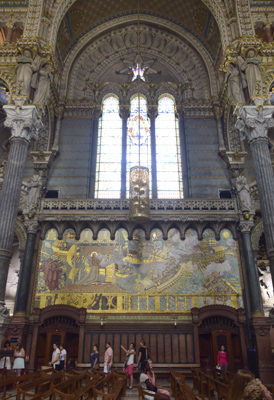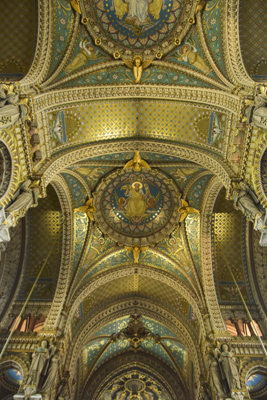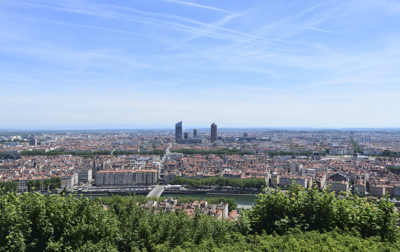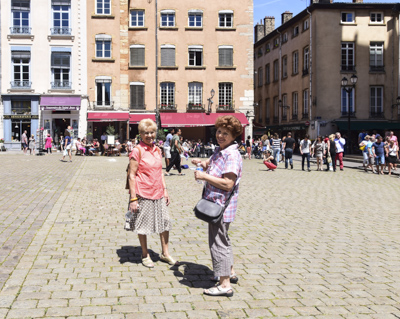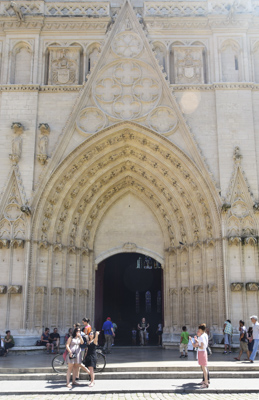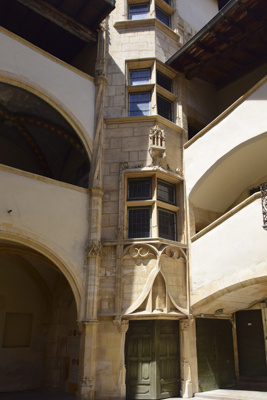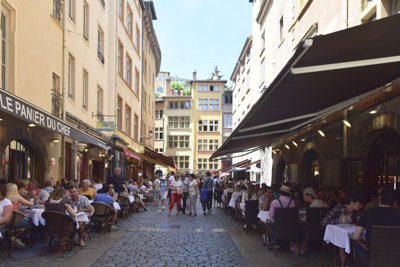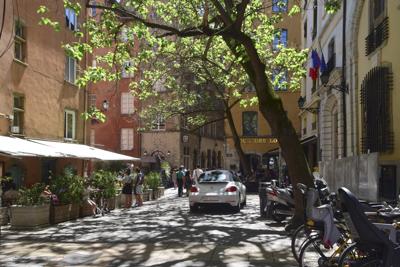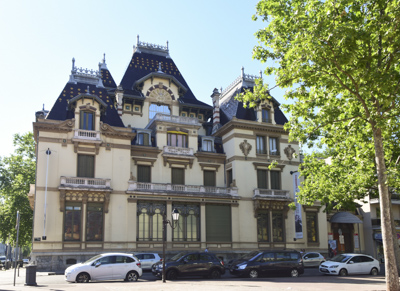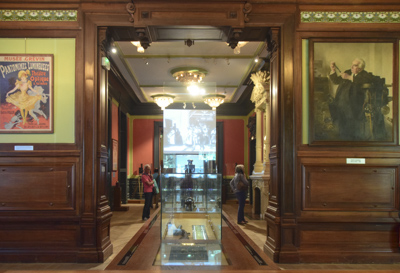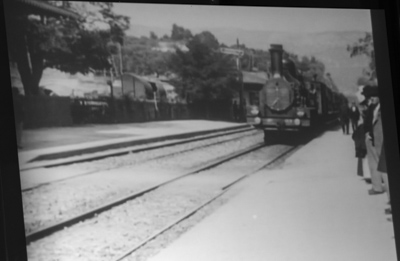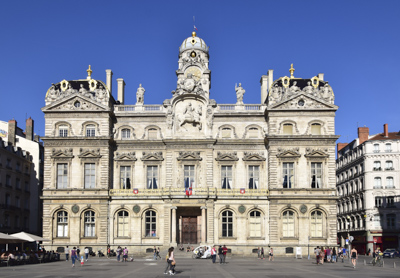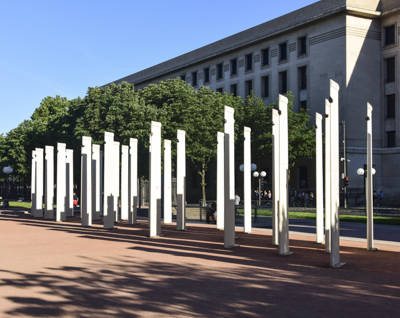May 25, 2017
Lyon, the third largest city in France, is located about 30 kilometers north along the Rhone River from my cousins Claudine and Astrig’s house. Initially developed by the Romans in 43 BC, several sections of Lyon are designated UNESCO World Heritage Sites because of “exceptional continuity of urban settlement over more than two millennia on a site of great commercial and strategic significance.”
Lyon is a beautiful city whose architecture reminds me of Paris. Both the Rhone and the Saone Rivers meander through Lyon and converge to the south of the historic city center.
Astrig, Claudine, and I took the funicular up the steep hill to visit the magnificent basilica of Notre-Dame de Fourviere. It was a fun ride!
The view of Lyon from the top of Fourviere hill was amazing. There is also a Roman amphitheater near the basilica but smaller than the one in Vienne.
We rode the funicular back down to Vieux Lyon, the old city, and entered the Cathedrale Saint-Jean-Baptiste de Lyon. Construction began in the 12th century on ruins of a 6th century church.
Inside the Gothic cathedral was a huge astronomical clock, originally from 1383, and was rebuilt in 1661. The clock has automated figures which move at various times of the day.
Vieux Lyon is protected by the French government as an historically and culturally significant district. During the middle ages, silk weavers who had settled in Lyon, built corridors to connect buildings, courtyards, and narrow streets in order to easily walk through the city. Many of these traboules still exist and they’re interesting to see and explore.
On this very hot 90-degree day, there were many tourists wandering the lovely ancient streets of Lyon and enjoying the shade of cafes.
We also visited Auguste and Louis Lumiere’s beautiful house which is preserved as part of the Institut Lumiere.
The brothers were the first filmmakers in history. They patented a cinematographe and had their first private screening of projected motion pictures in 1895.
The Lumiere Brothers’ first 50-second silent film taken with their Cinematographe, was L’arrivée d’un train en gare de La Ciotat, the train arriving at the La Ciotat station.
The Institut Lumiere was a very interesting museum which described and exhibited the history of films, movies, and cameras. Highly recommended! There was also a theater on site which shows current movies.
On the way back to Chasse-sur-Rhone, we passed the historic building of le hotel de ville, the city hall of Lyon:
We also stopped at the memorial in Lyon to honor the “1.5 million Armenians who were exterminated as victims of the first genocide of the 20th century by the “Young Turk” government: 1915 – 1916.” “In the memory of the victims of all genocides and crimes against humanity.”



